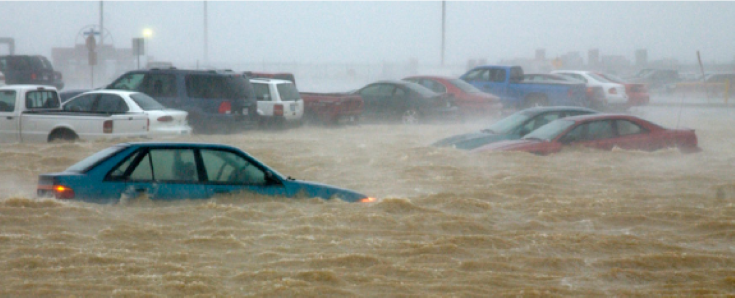US Department of Defense must provide guidance on use of climate projections in installation plans
The US Government Accountability Office (GAO) was asked to assess the Department of Defense’s (DOD) progress in developing a means to account for potentially damaging weather in its facilities’ project designs. Since 2010, DOD has identified climate change as a threat and subsequently, in January 2019, it stated that the effects of a changing climate are a national security issue with potential impacts to the department’s missions, operational plans, and installations.
The report examined the extent to which DOD has taken steps to incorporate resilience to extreme weather and climate change effects. In order to do this, GAO reviewed DOD documents related to increasing climate resilience, conducting installation master planning, and designing facilities projects. It also visited or contacted a non-generalisable sample of 23 installations that had been associated with one or more climate vulnerabilities.

Flooding at Naval Station Norfolk, Virginia, US. (Photo: US Navy|GAO-19-453)
According to GAO’s report, there was not enough guidance or risk assessment concerning climate projections into planning in eight of the 23 facilities, which could expose them to more damage than expected during extreme weather or climate-related effects.
The report revealed eight recommendations, including that the military departments work together to update master planning criteria to require an assessment of extreme weather and climate change risks and that guidance on the use of climate projections (including possible future scenarios and what time periods to consider) is incorporated into facilities’ design standards. After seeing a draft of this report, DOD concurred with all eight of GAO’s recommendations.
Highlights from the report can be found here. Read the full report here.
In addition, subscribers to CRJ can read the interview of Alice Hill from CRJ 14:3 (Climate: More than a storm in a teacup). Hill, who worked for the White House to lead development of policy for national security and climate change, building climate resilience considerations and capabilities into federal initiatives, is a research fellow at Stanford University’s Hoover Institution and a member of CRJ’s Advisory Panel.